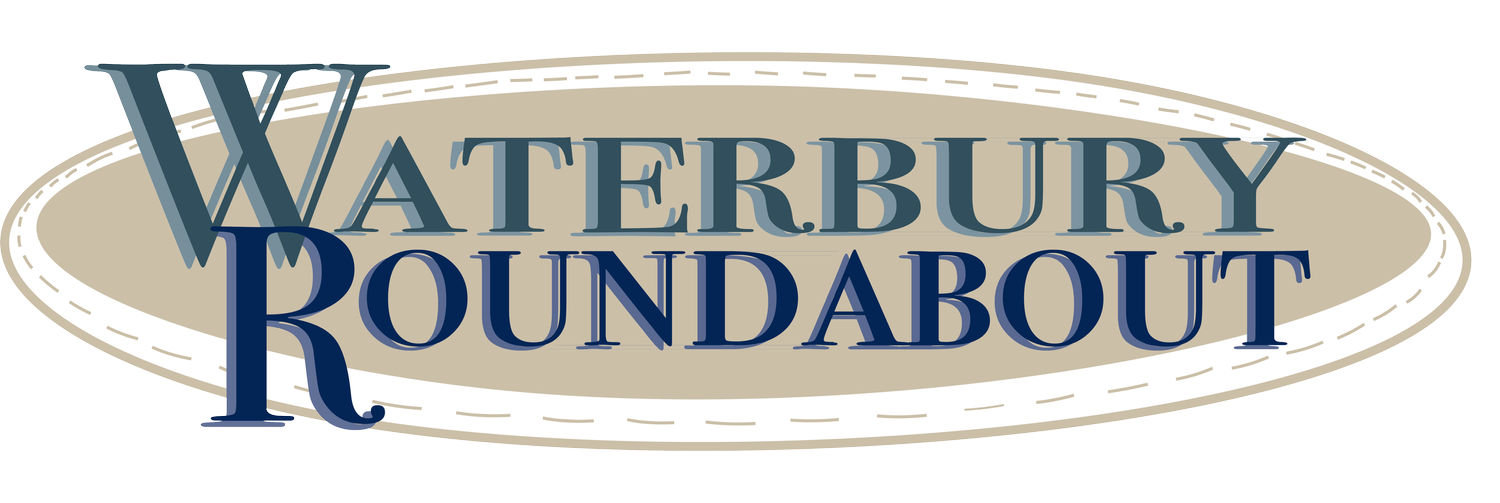COMMENTARY: Individual wild animals matter
July 16, 2025 | By Brenna GaldenziWe’ve all seen the videos—bears lounging in a hammock, coyotes playing with tennis balls, otters sliding down a snowy embankment—clear reminders that wild animals are capable of a wide range of emotions, not so different from our own.
That’s why Protect Our Wildlife focuses on securing stronger protections for individual wild animals, recognizing that they feel happiness, pain, fear, sadness, and so much more.
While some nonprofits prioritize conserving land that’s often used for public recreational uses—including hunting and trapping—our work is different. Vermont Fish & Wildlife’s game and furbearer biologists primarily aim to maintain “sustainable” populations of moose, bobcats, bears, and other species for hunters and trappers to “harvest.”
In contrast, our focus is on the animals themselves—sentient beings who are too often reduced to mere resources and subjected to antiquated and exceptionally cruel practices.
There is no justifiable reason why in 2025, Vermont still allows morally objectionable and inherently cruel recreational pursuits. Why do we still allow bobcats, foxes, and other animals to be caught in steel-jawed leghold traps—devices now rebranded as “Best Management Practice” traps to soften public perception?
Why does Vermont Fish & Wildlife continue to allow hunters to unleash packs of powerful hounds into our forests for six months of the year to chase down bears, all in the name of recreation? Hounders are allowed to train their hunting dogs not only on bears, but also on bobcats and other wildlife during times of year when they are rearing their young. Conflicts between hounders and private property owners are documented every year since marauding hounds can’t read posted signs.
Beavers are finally getting the recognition they deserve, but they’re still treated as vermin by Vermont Fish & Wildlife. Beavers play a vital ecological role by building dams that create wetlands and ponds—natural infrastructure that improves water quality, reduces flood risks, and supports biodiversity. Yet Fish & Wildlife allows recreational trappers to kill an unlimited number of beavers for five months each year, potentially robbing our lands of ecologically significant wetlands that thrive with heron, moose, amphibians and imperiled species like the wood turtle.
Eastern coyotes, which fill the critical ecological role once occupied by wolves, can be hunted 365 days a year in Vermont, with no bag limits, no reporting requirements, and even at night over bait piles. A recent bill before the legislature sought to ban hunting coyotes, bobcats and other furbearer species over bait piles, and Fish & Wildlife fought that, even after hearing testimony from a woman whose dog was mistaken for a coyote and shot and killed at a bait pile by a neighbor in Vermont.
Sportsmen’s lobbyists routinely circle the State House, claiming their “traditions” are under attack by so-called “animal rights activists”—an effort to dismiss and marginalize a growing constituency by painting them as fringe. But let’s be clear: these so-called activists include mothers, teachers, biologists, and even hunters—people who are simply frustrated by laws that feel increasingly out of step with 21st-century values. We also question the sportsmen’s logic of using norms from 200 years ago to justify today’s practices.
These outdated trapping and hunting policies do not reflect the majority of the people. And with hunting and trapping license sales steadily declining, perhaps Vermont Fish & Wildlife and the governor will finally recognize the importance of working meaningfully with wildlife advocates.
Conservation goals in Vermont will be at risk if the current wildlife governance model does not evolve. The question is: will they have the courage to modernize, to create a more humane Vermont for wildlife—and a more inclusive one where diverse voices are finally heard?
Stowe resident Brenna Galdenzi is president of the nonprofit animal welfare organization Protect Our Wildlife.
